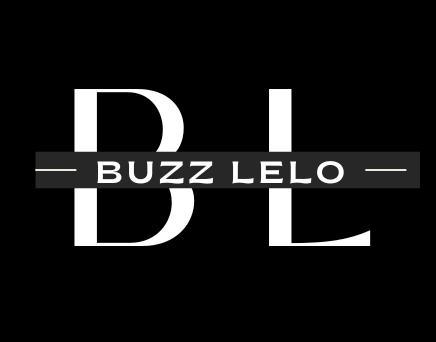HOW TO TAKE THE BEST PHOTOGRAPHS OF YOUR BABY
A wonderful photograph can happen anytime, but you must be alert and patient. It’s most important to remember your baby will give you little or no assistance.
If he isn’t in a good mood, don’t force the issue, or the camera will be associated with a bad experience. Try again later when he is in a better mood.

Quiet times at home can be ideal for heart-warming photos of your baby sleeping in his cot, playing with his brothers and sisters, or watching you doing the chores. Expressions of concentration when your baby is spoon-feeding, with a clasped fist around a spoon, can provide amusements.
These photos are lively and colourful, and it is one time when the subject and props are all in the same locality, so you don’t have to worry too much about composition. The most important point to remember for taking this type of photo is that you must get in quite close to your subject.
Babies are much more spontaneous and unaffected than adults. Take advantage of your baby’s concentration in play to capture expressions of curiosity, laughter and joy. With toddlers, photographing indoors is great; older babies have a keen sense of humour.
One of the tricks which will coax your baby into making wonderful faces is to use puppets and songs. Otherwise, try tying a balloon to your camera, and wear something colourful on your head.
Be prepared with the correct equipment but allow time to watch your baby’s expressions without directing the changes. Take advantage of the natural light and keep the camera loaded with a versable film. A short film will let you use the natural light through a window behind your baby, so you won’t have to use a flash. A medium telephoto lens and a fast film will also let you record your child’s changing expressions from a distance. Always focus carefully when taking photos with a telephoto lens, especially when the light levels are low.
It’s important to frame close-up photos that give prominence to your baby’s face and exposed features. If you photograph them from too great a distance, newborn babies will look tiny.
Photographing your baby outdoors will give him new visual interests, and you may find new effects. Tilting your camera upwards allows you to show your baby against the clear blue sky or a background of patterned leaves or branches.
Babies find water fascinating: pools, puddles, lakes, rivers, and the ocean can enhance baby photographs. Remember that the reflective qualities of water can affect the mood or colour of your photos.
